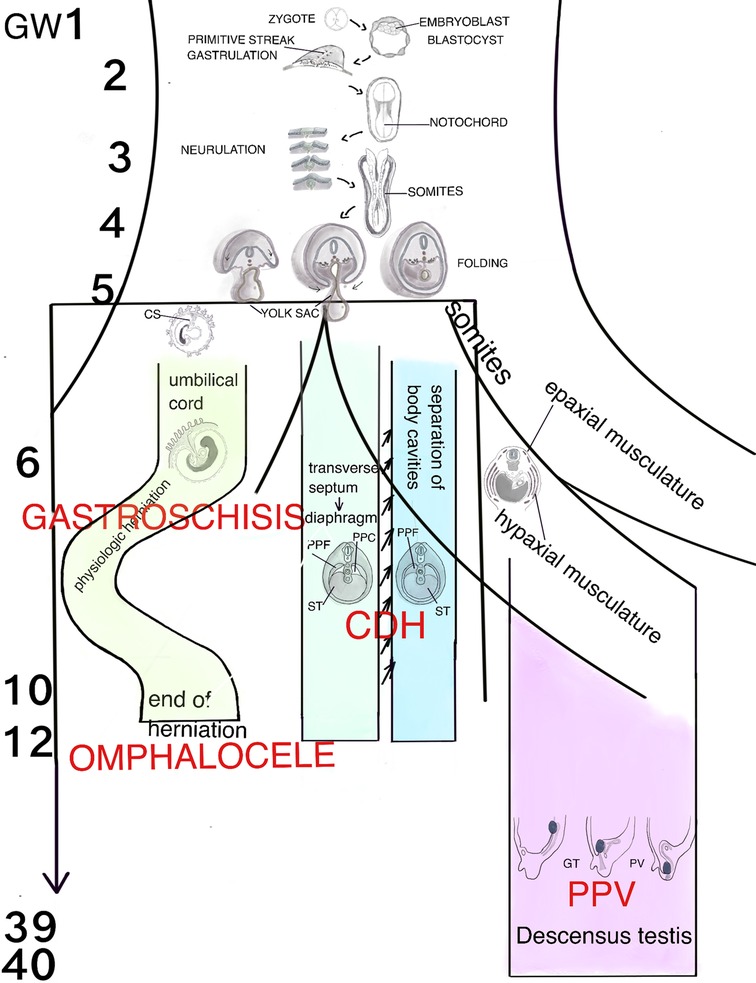44 label the muscles of the abdominal wall in the figure
Abdominal Muscles: Anatomy and Function - Cleveland Clinic Your abdominal muscles have several important jobs: Help with essential bodily functions, including urinating, defecating, coughing, sneezing, vomiting. They help also increase the intra-abdominal pressure facilitating child birth. Hold your internal organs in place and protect them (including your stomach, intestines, pancreas, liver and ... Figure 10.12 (a): Muscles of the abdominal wall Diagram Transversus abdominis. Definition. Compresses abdominal contents. Location. Term. Internal oblique. Definition. Flex vertebral column and compress abdominal wall, aid muscles of back in rotating trunk and flexing laterally (same as external oblique) Location.
Muscle Lab 22: Figure 22.1 Muscles of the Abdominal Wall Muscle Lab 22: Figure 22.1 Muscles of the Abdominal Wall Diagram | Quizlet Muscle Lab 22: Figure 22.1 Muscles of the Abdominal Wall + − Learn Test Match Created by THagge Teacher Terms in this set (7) Term External oblique Location Term Internal oblique Location Term Transversus abdominis Location Term Rectus abdominis Location Term Linea Alba

Label the muscles of the abdominal wall in the figure
Abdominal wall: Layers, muscles and fascia | Kenhub The abdominal wall can be divided into two sections: anterolateral and posterior abdominal walls. This complex structure consists of numerous layers, from superficial to deep: skin, superficial fascia, muscles and their respective fasciae, and peritoneum . Axial Muscles of the Abdominal Wall and Thorax The muscles of the vertebral column, thorax, and abdominal wall extend, flex, and stabilize different parts of the body's trunk. The deep muscles of the core of the body help maintain posture as well as carry out other functions. The brain sends out electrical impulses to these various muscle groups to control posture by alternate contraction ... Anatomy of the anterolateral abdominal wall: Video | Osmosis The abdominal wall is subdivided into the anterior wall, the right and left lateral walls, and the posterior wall. These walls are musculoaponeurotic, meaning they are composed of muscles and fascial layers, except for the posterior wall which is also made up by the lumbar vertebral column.
Label the muscles of the abdominal wall in the figure. Anatomy of the anterolateral abdominal wall: Video | Osmosis The abdominal wall is subdivided into the anterior wall, the right and left lateral walls, and the posterior wall. These walls are musculoaponeurotic, meaning they are composed of muscles and fascial layers, except for the posterior wall which is also made up by the lumbar vertebral column. Axial Muscles of the Abdominal Wall and Thorax The muscles of the vertebral column, thorax, and abdominal wall extend, flex, and stabilize different parts of the body's trunk. The deep muscles of the core of the body help maintain posture as well as carry out other functions. The brain sends out electrical impulses to these various muscle groups to control posture by alternate contraction ... Abdominal wall: Layers, muscles and fascia | Kenhub The abdominal wall can be divided into two sections: anterolateral and posterior abdominal walls. This complex structure consists of numerous layers, from superficial to deep: skin, superficial fascia, muscles and their respective fasciae, and peritoneum .
































:background_color(FFFFFF):format(jpeg)/images/article/en/learn-muscles-with-quizzes-labeled-diagrams/tN9jC69WYLvnso5qJiEjBg_unlabelled_muscles_diagram.png)










Post a Comment for "44 label the muscles of the abdominal wall in the figure"